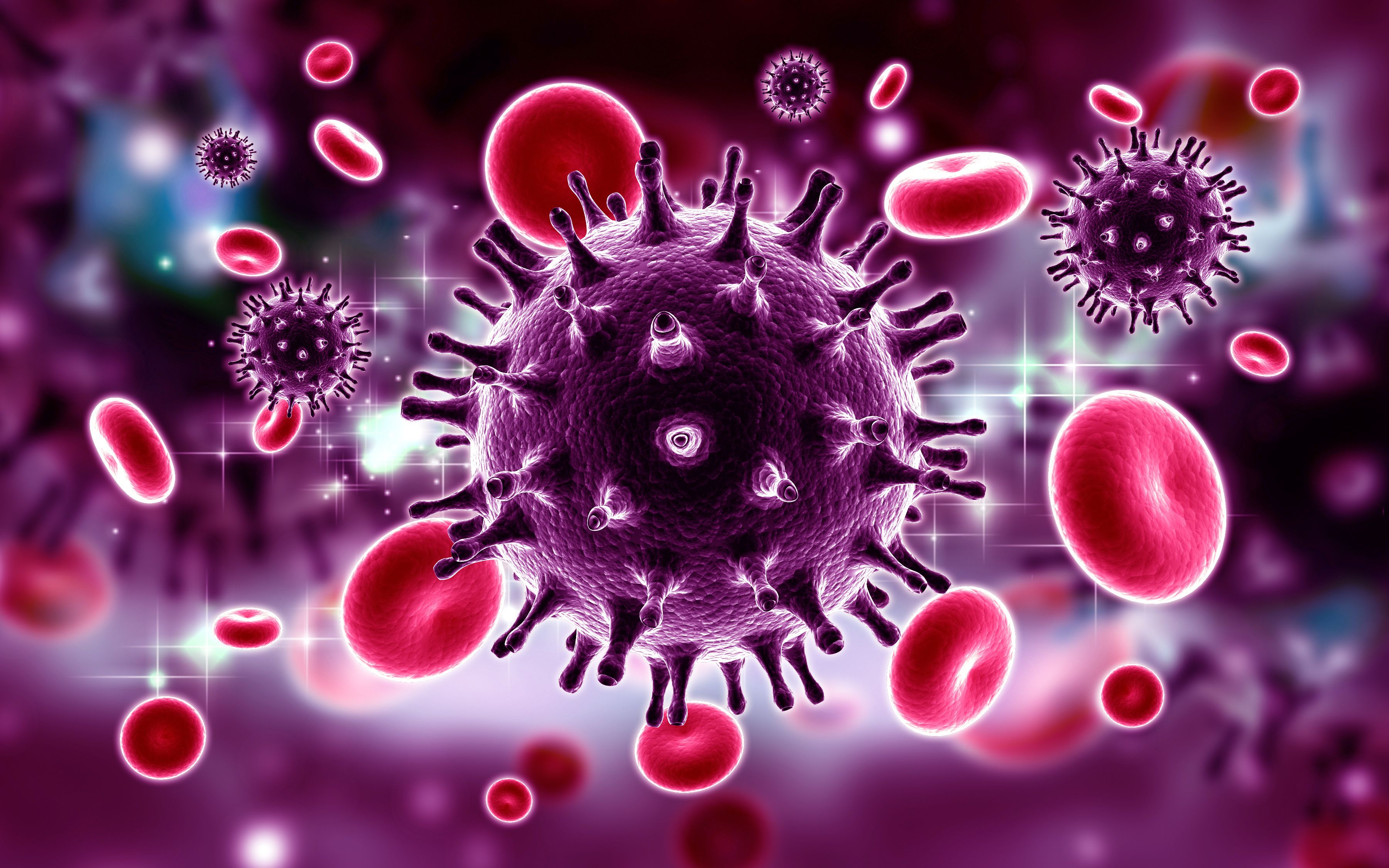News
Article
Pre-Exposure Prophylaxis Continues to be Effective in Preventing HIV, Certain Populations Face Barriers
Author(s):
Lack of information and access to health care, stigma, discrimination, criminalization, and privacy concerns are among the barriers some groups face when trying to obtain preventative HIV medications.
Pre-exposure prophylaxis (PrEP) is a highly effective method of HIV -prevention that involves the continuous administration of antiretroviral therapy to HIV-negative individuals with a significant risk of contracting an HIV infection. The 2 drugs commonly used for PrEP treatment are tenofovir disoproxil fumarate (TDF) and emtricitabine (FTC), which are taken orally and usually in combination. PrEP is commonly taken daily, however, in certain populations it can be taken on-demand.
HIV virus in bloodstream | RAJCREATIONZS | stock.adobe.com

Although PrEP has been widely implemented to help prevent an HIV, many individuals continue to face challenges accessing PrEP, especially in low- and middle-income countries where HIV occurrence is high and health care resources are low.
In a study published in Pathogens, investigators explore previous research on PrEP while examining obstacles related to its implementation and uptake to improve its use among populations with an increased risk of contracting HIV. In a previous study comparing the efficacy of oral PrEP (FTC/TDF) with placebo in men who have sex with men (MSM) and transgender women, the FTC/TDF group showed a 44% reduction in new HIV infections compared to those in the placebo group. Another study that analyzed serodiscordant heterosexual couples—1 partner is HIV-positive and the other partner is not—shows that both TDF and FTC/TDF regimens provided significant protection against HIV transmission (rates of 67% and 75%, respectively).
One of the latest advancements in HIV prevention involves the introduction of a long-acting (LA) formulation of cabotegravir (CAB-LA). Clincial trials showed the safety, tolerability, and acceptability of CAB-LA in HIV-negative individuals, indicating that this formulation is a secure alternative to orally administered PrEP. Across 2 studies, cisgender women were shown to have a lower risk of HIV infection (66% and 88%, respectively) compared to placebo and TDF/FTC groups.
Further, minimal adverse effects (AE) were reported during PrEP trials, with the most common AEs being gastrointestinal symptoms (e.g., nausea, vomiting, and diarrhea) that resolved after a few weeks of treatment. Despite its efficacy and few complications, there are subgroups within the target population who face greater risks and could benefit from PrEP treatment.
Sex workers, who face high levels of stigma and criminalization, are a key population in the global HIV epidemic. The Joint United Nations Programme on HIV/AIDS had estimated a mean HIV prevalence of 36% among sex workers in 2019. Studies indicated that the decriminalization of sex work could lead to a 46% reduction in new HIV infections in sex workers over 10 years, and eliminating violence against this population could lead to a 20% reduction in new infections.
Further, transgender individuals face disproportionate rates of HIV acquisition. The Centers for Disease Control and Prevention report that transgender women have an HIV prevalence rate of 42% compared to 0.3% in the US general population. Discrimination, violence, and lack of access to health care and social services are among the factors identified as contributing to this heightened risk.
The current study emphasizes that barriers to accessing and using PrEP treatment include lack of information, stigma, discrimination, criminalization, and individual concerns regarding privacy and confidentiality. To address these barriers, multiple initiatives have been implemented to improve the access to PrEP treatment. Community-led programs have been developed to help address stigma and discrimination while providing education and support for at-risk populations.
The importance of reducing stigma and increasing confidentiality can improve uptake among key populations. Further, new formulations (e.g., injectable long-acting method) of PrEP instead of oral administration could be more convenient for others. Additional research and efforts are critical to achieve the virtual elimination of HIV, and PrEP will be a powerful and contributable asset in this mission.
Reference
Rosas Cancio-Suárez M, Díaz-Álvarez J, Ron R, et al. From Innovation to Implementation: The Evolution of HIV Pre-Exposure Prophylaxis and Future Implications. Pathogens. 2023;12(7):924. Published 2023 Jul 9. doi:10.3390/pathogens12070924






